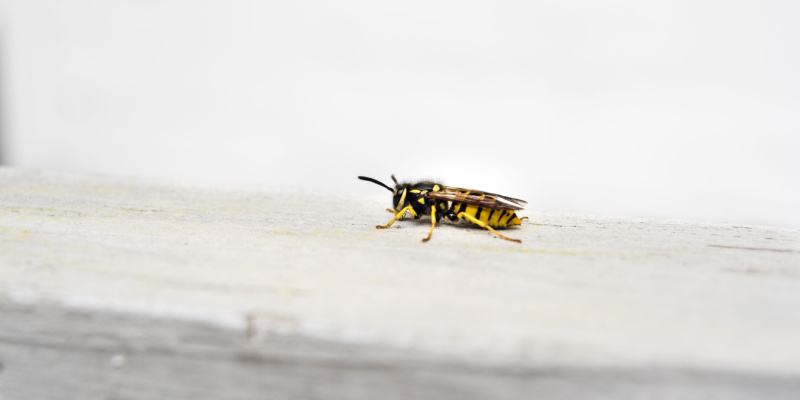Welcome, pest-fighting posse, to another exciting edition of The Pest Posse blog! Today, we’re delving into the quirky and curious world of odorous house ants – those tiny yet tenacious critters that seem to invade our homes with the stealth of a ninja, armed with their unique weapon: the smell of, well, rotten coconut! Join us as we explore these aromatic invaders and learn how to outsmart them the eco-friendly way.
Meet the Odorous House Ants:
Picture this: you’re innocently munching on popcorn, streaming your favorite show, when you notice a trail of tiny ants marching across your living room floor. No need to panic! Those little fellas are none other than the odorous house ants. These ants might be small in size, but they sure pack a punch – a fragrant punch, that is!
The “Smelly” Situation:
Let’s get straight to the good stuff – the smell! When you crush an odorous house ant (accidentally, of course), you’re in for a treat: a smell that’s been likened to rotten coconut or even blue cheese. But don’t let their peculiar aroma fool you; these ants are not only skilled at scent-marking their trails but are also experts at getting into your pantry.
The Great Invasion:
So, how do these aromatic adventurers make their way into your abode? It’s all about their knack for finding the tiniest nooks and crannies to sneak through. Got a gap under your door? They’ll squeeze right through. A crack in your windowsill? That’s an open invitation. But fear not, because armed with our eco-friendly tips, you’ll be ready to show these invaders the door.
An Eco-Friendly Showdown:
As a green pest control company, we’re all about harmony with nature. Here are a few tips to handle odorous house ants without harming the environment:
Seal the Deal: Prevent their entry by sealing cracks and crevices around windows, doors, and other potential entry points. These sneaky ants won’t stand a chance!
Sanitize Sensibly: Wipe down surfaces and sweep up crumbs to make your home less appealing to the gourmet tastes of these tiny visitors.
DIY Solutions: Whip up your own eco-friendly ant repellent by mixing water and vinegar. Spritz it along ant trails to send them packing.
Essential Oil Elegance: Dab a few drops of essential oils like peppermint, citrus, or tea tree along entry points. These scents are a big no-no for our odorous friends.
Baiting Brilliance: Set out natural ant baits made from a mix of sugar, borax, and water. Watch as they carry the “treats” back to their nest, unknowingly spreading the ant-repelling concoction. Make sure the borax is less than 1% of your mixture.
The Grand Finale:
So, there you have it – a sneak peek into the world of odorous house ants and your secret arsenal to keep them at bay, the green way! Remember, it’s not about obliterating these tiny explorers but about finding a balance that ensures both you and your home remain ant-free while respecting the environment.
Thanks for tuning in to another exciting episode of The Pest Posse blog. Until next time, keep those ants guessing and the eco vibes flowing!




